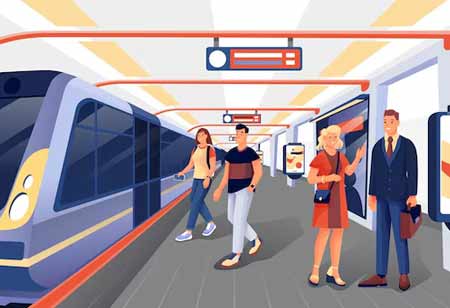Fremont, CA: Urban public transport needs revitalization to become more accessible, effective, and sustainable. Current infrastructure maintenance requests lack funds, necessitating innovative financing strategies and public-private partnerships. Increasing traffic flow in cities undermines public transit's effectiveness and reliability. Integrating new technology into existing systems is crucial, but time-consuming. Autonomous vehicles and electric buses are transforming public transit, offering a quieter, cleaner alternative to traditional diesel buses. Innovative transit systems use data and technology to enhance the reliability and efficiency of public transportation.
Passengers can access up-to-date information about their journeys through mobile applications, real-time tracking, and predictive analytics, helping them make informed travel decisions. This innovation enhances the user experience and assists transportation authorities in streamlining operations, reducing delays, and increasing service frequency. Microtransit, which includes demand-responsive transportation and ride-sharing services, is a flexible alternative to traditional public transportation. These services provide first-mile and last-mile connections that link users to larger transportation hubs, bridging the gap between private vehicles and public buses or trains.
By integrating microtransit into the broader public transportation system, cities can offer more extensive and accessible mobility options. The future of public transportation relies on investments in sustainable infrastructure. This includes expanding bike lanes, enlarging pedestrian zones, and improving the energy efficiency of transportation stations. Encouraging more people to use public transit instead of private vehicles helps reduce traffic congestion and its environmental impact, creating a more connected and eco-friendly transportation network. Reviving public transportation involves addressing key challenges and embracing innovative solutions. By securing sustainable funding, minimizing environmental impact, integrating new technologies, and investing in sustainable infrastructure, cities can develop effective, reliable, and environmentally friendly public transportation systems that meet the needs of growing populations.

